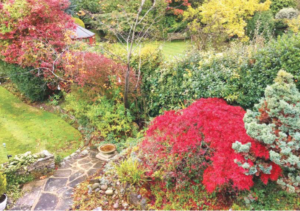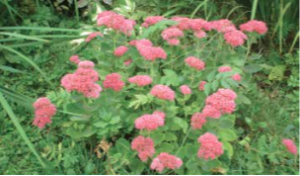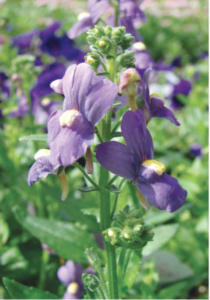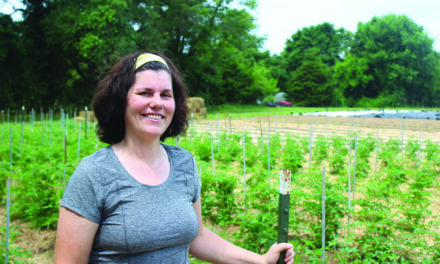Colors rise in fall

The bright lights of fall colors in the garden only amplify the season’s magic.
The fall season brings a ton of vibrant color to the landscape but it can be easy to lose out on color in garden spaces without the right plan.
“Spring and summer are usually pretty simple to fill with color,” says Stacey Hirvela, horticulturalist at Proven Winners.
“It can take a bit more planning to keep the garden looking great late summer into fall and winter.
“However, with a bit of careful plant selection your garden can brim with interest in every season.”
Plants blooming in late summer and the fall can provide some of the green foundation in the spring and summer while other plants are having their heyday, then, when the weather turns cool, it’s their turn.
While the popular chrysanthemum might first come to mind for the fall flower bed, Hirvela and other experts list other plants that often get overlooked but can contribute a punch of brightness when much around it has petered out.
Perennials like sedums, heuchera, perennial hibiscus and hardy ornamental grasses each bring something different to the table.

Sedums are heat- and drought-tolerant and are good for poorer soils.
Sedums are heat and drought tolerant, good for poorer soils and have range of color varieties.
Heuchera or coral bells, have rich foliage and its colors transform to deeper or brighter as the temperature drops in fall.
Perennial hibiscus offered a relatively large ower and many of the hardy varieties can grow fairly large — which could reach four to five feet tall.
Though not as vibrant as other options, ornamental grasses in the switchgrass family or pennisetum still have shades beyond green or brown as well as a unique texture for the garden.
Turning to shrubs, caryopteris, callicarpa and viburnum nudum are just a few to consider.

Nemesia is a cool-season annual with pretty little snapdragon-shape flowers that bloom in a wide range of colors.
“Today’s newer shrubs are powerhouses that can provide interest in multiple seasons,” says Hirvela.
Caryopteris blooms blue and purple flowers from late summer through the fall.
The plant is drought tolerant, disliked by deer and attracts butterflies.
Plant in a sunny spot with well-drained soil. Callicarpa or beautyberry follows its pink flowers with a load of purple berries.
Like the caryopteris, it is deer resistant and has similar planting location needs.
Viburnum nudum blooms with white flowers in spring which become clusters of vivid pink and blue berries in fall.
Planting multiple nudum varieties can increase fruit set through better pollination.





